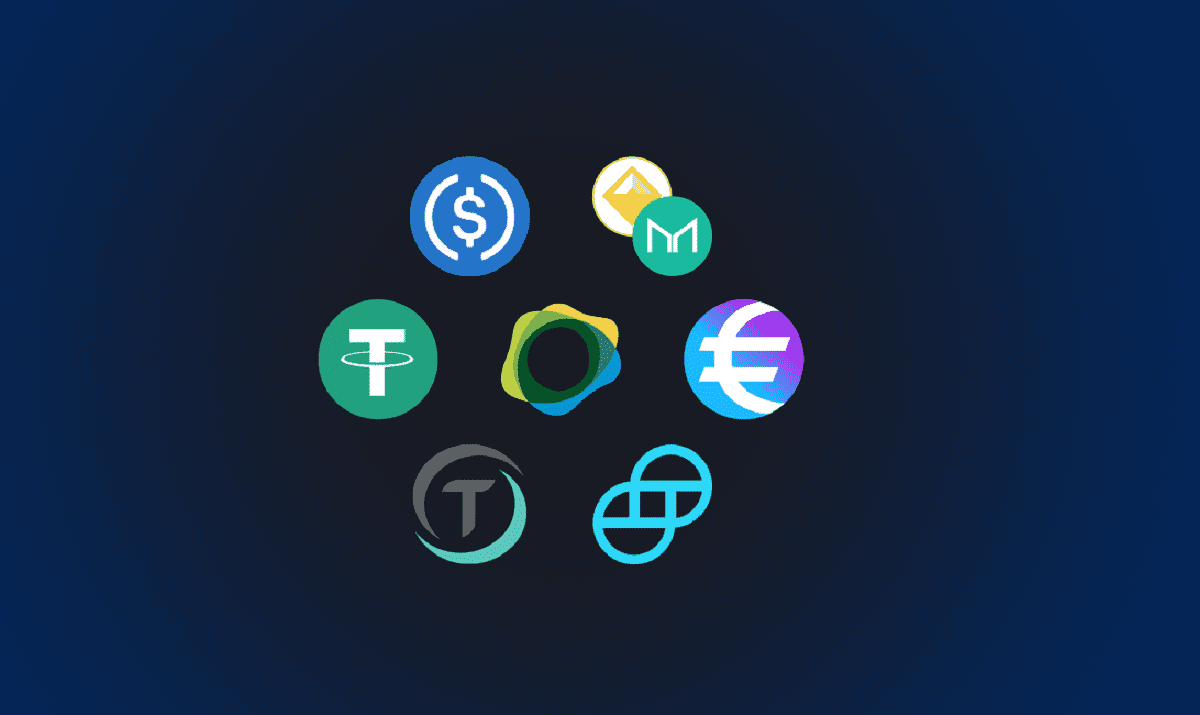AI isn’t just helping humans anymore. It’s starting to run its own economy. Bots are negotiating contracts, managing workloads, requesting services, and making payments without waiting on humans to approve every step. And the currency they’re choosing to use? Stablecoins. Most often, USDC.
Bots don’t deal well with uncertainty. They need a stable, programmable currency that works across borders, in real time, with no volatility or downtime. Stablecoin transactions for bots are fast, final, and predictable. That’s exactly what AI native economies need to function at scale.
This blog talks about AI native economies, USDC payments for AI agents, stablecoin transactions for bots, USDC for machine-to-machine payments, AI-driven micropayments with USDC and much more.
AI Native Economies
AI native economies refer to digital systems where autonomous agents like software bots, conduct real transactions. These aren’t marketplaces designed for people, they’re digital environments where machines talk to each other, trade resources, and settle payments in the background. AI and stablecoin integration is essential here. For these systems to work, bots need a currency that’s stable, fast, and easy to program. That’s why USDC fits. It holds its value, settles instantly, and doesn’t throw off calculations with price swings. In AI native economies, there’s no room for delay or volatility as every second counts, and every transaction needs to be precise. These platforms facilitate that frictionless exchange. What this really means is that instead of humans deciding to pay fees, bots do it themselves. They monitor market conditions, assess needs, then execute trades or services; and because USDC is pegged to the US dollar, it ensures that pricing remains stable which eliminates risk for bots operating at scale.
USDC Payments for AI Agents
When we talk about USDC payments for AI agents, we’re talking precision. These agents can initiate transactions on their own, picking USDC as their medium. Here’s why it works: USDC offers high throughput and transparent auditing and bots can trigger USDC transfers as soon as conditions are met. Since USDC payments for AI agents are instant, there’s no waiting which is perfect for AI native economies where delays disrupt value flows.
TransFi comes into play because it bridges cross-border gaps. Bots in one region paying services in another can go through TransFi, eliminating high currency conversion costs and settlement delays. Let’s now dive into AI-driven micropayments with USDC, USDC for machine-to-machine payments and USDC in automated economies.
AI-Driven Micropayments with USDC
AI-driven micropayments with USDC are not a vision anymore. In decentralized finance, micropayments allow bots to pay pennies at a time be it pay-per-query, pay-per-milestone, or pay-per-millisecond. In these kinds of crypto payments in AI ecosystems, bots don’t need a financial arrangement where a neutral third party holds and regulates the payment, delivery, or release of assets or funds until the terms of an agreement between two or more parties are fulfilled. Payment triggers directly from smart contracts after performance verification. AI-driven micropayments with USDC allow bots to operate globally with tiny, precise payments, and businesses see clean accounting.
USDC for Machine-to-Machine Payments
USDC for Machine-to-Machine Payments means using the stablecoin USDC (USD Coin) as the currency that software agents, bots, or machines use to pay each other directly, without human involvement. USDC for machine-to-machine payments brings clarity and scale. In these flows, bots transact billions of micro-transactions, none of them needing human oversight. Without volatile crypto prices, bots can budget, forecast, optimize. TransFi smooths it out further by handling KYC, fees, compliance, so companies deploying fleets of bots don’t have to. USDC for machine-to-machine payments is the financial layer of AI native economies. It makes it possible for bots to transact globally, in real time, and with minimal cost.
USDC in Automated Economies
USDC in automated economies is the currency layer bots need. Because they’re machine-driven, they need:
- Price transparency
- Low volatility
- Global acceptance
- Real-time settlement
USDC ticks all those boxes and enables bots to become economic actors, allowing them to buy, earn, and reinvest. In these AI native economies, USDC becomes the default medium. Payment rails built by TransFi let bots send USDC, convert it to local cash, manage payroll, and move it globally, all without human slowdown.
Also read about: Stablecoin Payments in the Philippines: Redefining Remittances and Online Work Payments
Stablecoin Transactions for Bots
Stablecoin transactions for bots are transforming how value circulates. Bots need deterministic behavior. If you price a service in USDC, a bot knows exactly how much it's paying or earning.
For example, a computing bot processes an image for another bot. As it finishes, it triggers a smart contract release of USDC. TransFi helps by layering on fiat on and off ramps and ensuring bots aren’t locked into crypto-only systems. It allows developers to freely embed stablecoin payments for bots without worrying about wallets, exchanges, or regulation.
AI and Stablecoin Integration
AI and stablecoin integration are transforming the current digital landscape. Bots require API keys, processing power, and access to data. Additionally, they need to settle bills and USDC bridges that gap.
For instance, autonomous agents making use of stablecoins to rent GPU computing time from a third party. The agent can calculate, settle payment through smart contracts, and proceed to the next task. Now, the transaction might start in USDC, but maybe the vendor wants IDR. TransFi makes that conversion possible without friction and humans get paid in their local currency, with bank accounts credited overnight. That’s why TransFi is the best cross-border payment platform, combining crypto payments in AI systems with real-world cashflow.
Conclusion
We’re seeing AI native economies emerging in real-time. USDC payments for AI agents is adding predictability while AI and stablecoin integration are turning bots into independent actors. USDC for machine-to-machine payments and AI-driven micropayments with USDC are structural building blocks. And platforms like TransFi tie it all together, being the best cross-border payment platform powered by stablecoin rails.
FAQs
1. How will AI bots use USDC to transact?
AI bots will use USDC to transact by holding digital wallets that are set up to send or receive USDC when certain conditions are met. It doesn't need human approval, is clean, and can be tracked.
2. What are some stablecoin use cases in AI-native markets?
Stablecoin use cases in AI-native markets are growing fast. Some of them are bots paying for cloud computing, streaming data, doing real-time analytics, and even taking services from other bots.
3. What is the best way of integrating USDC into AI financial flows?
The best way of integrating USDC into AI financial flows is to start with the transaction layer because bots require wallets that can automatically initiate, receive, and begin USDC payments.
4. How are machine-to-machine payments using stablecoins beneficial?
Machine-to-machine payments using stablecoins are beneficial because they are fast, easy to code, and not reliant on banks, business hours, or currency conversion delays.
5. What is the future of AI transactions with USDC?
The future of AI transactions with USDC is machine-driven and global. It will open doors to a world where bots will make their own financial decisions, make payments, and spend money in the best way possible without any human help.
Daftar Isi
Artikel yang Disarankan
Jelajahi produk kami

Lakukan pembayaran global dengan kecepatan klik

Terima pembayaran, hapus batas.

Buka Transaksi Mata Uang Digital yang Mulus Di Mana Saja








.png)














